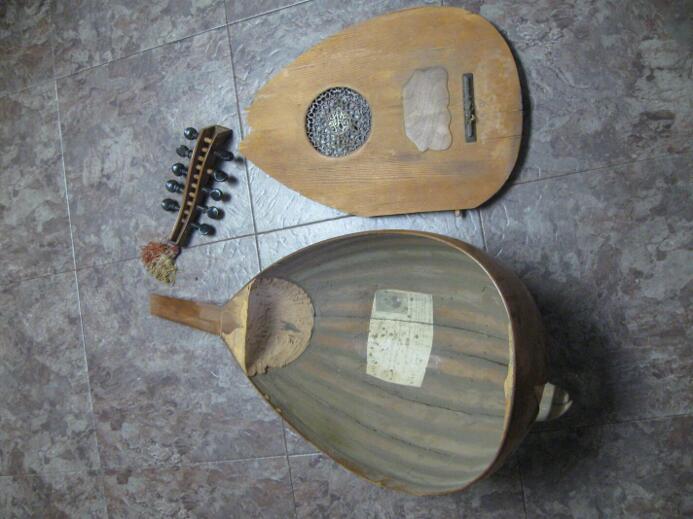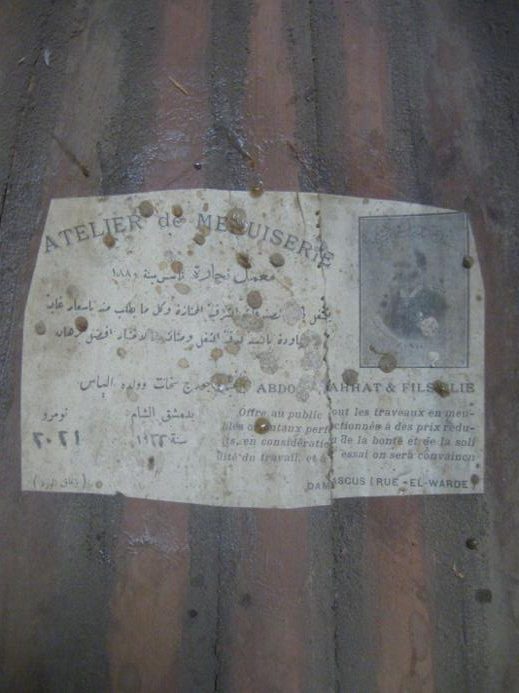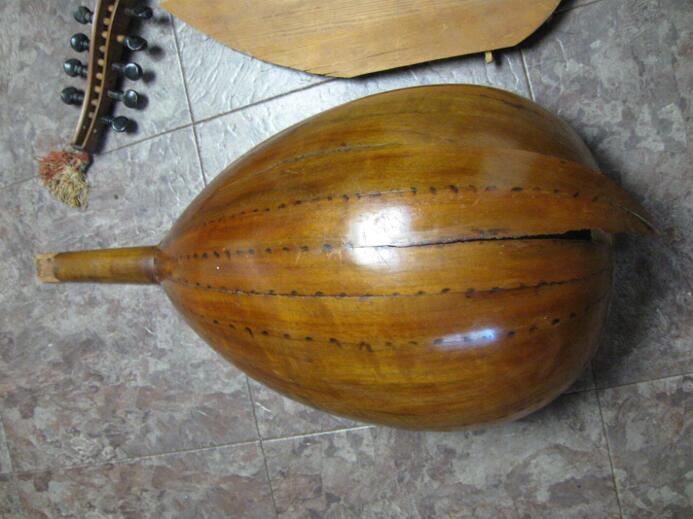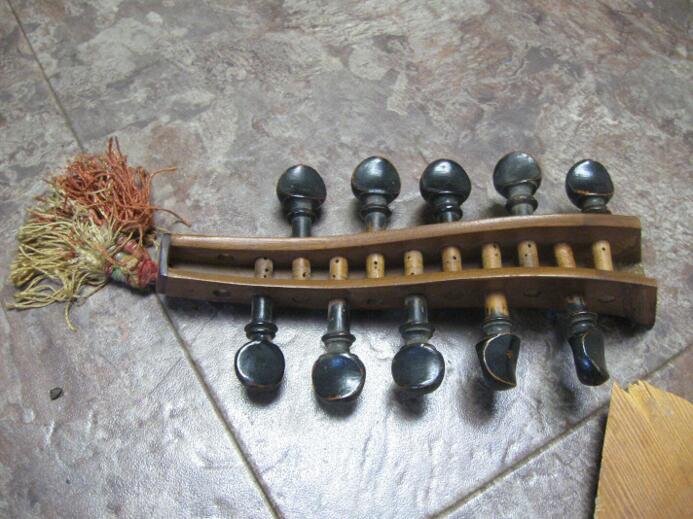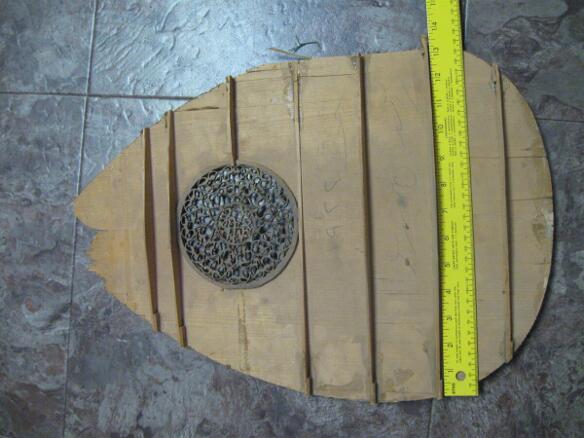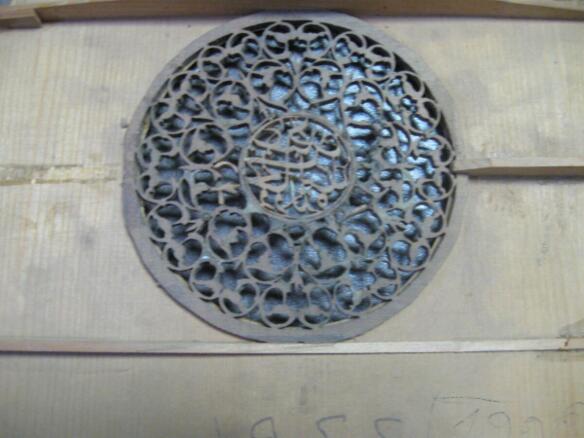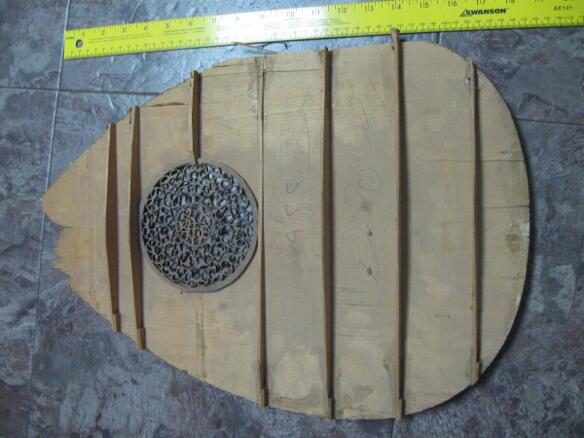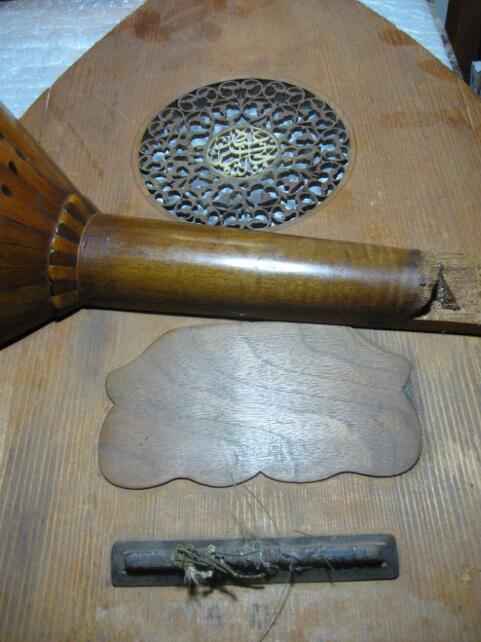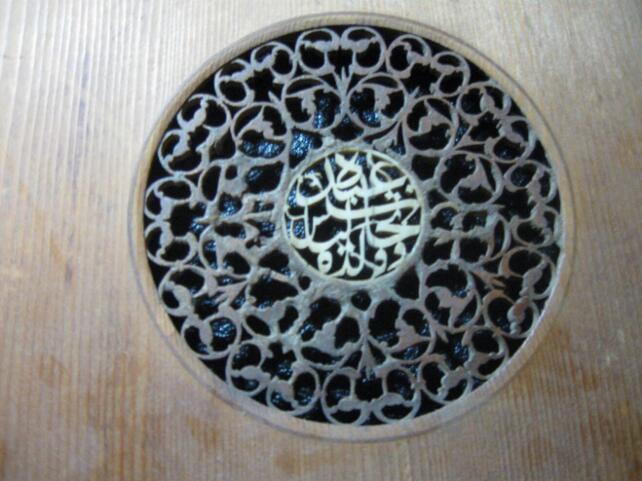Hi Steve, thank so much for the images and for your interest in saving this oud from 1-garbage, 2-botched repair 3-fireplace winter heating, etc...
If I can ask for a favor in my name and for all Mike`s Oud forum members interested in Nahat oud research.. can you please measure the distance
between every brace just like shown in the photo I am attaching. Also some info on the braces, their height and thickness.
Actually I would also call on John to please provide some sort of questionnaire database entry to enter distances, thicknesses and so on..
to make it easy for people to research and for people willing to donate the details of their nahat ouds.
James, this would definitely help answer some questions asked in this thread: Analysis of Nahhat Bracing... and other threads.
thank you again
|


